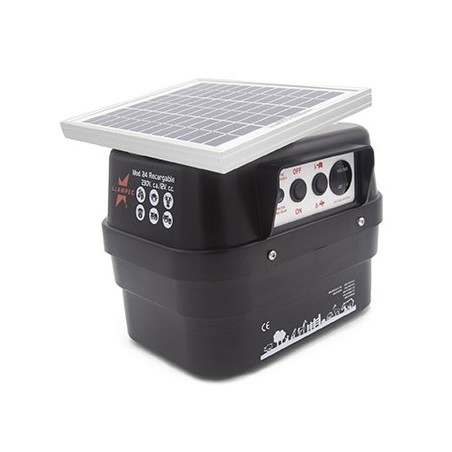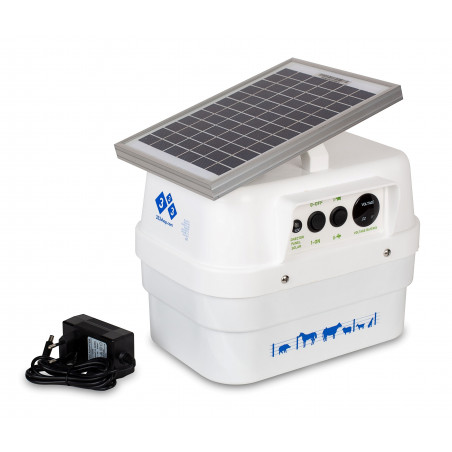Early detection of infectious diseases is the most cost-effective strategy in disease surveillance for reducing the risk of outbreaks. Latest deep learning and computer vision improvements are powerful tools that potentially open up a new field of research in epidemiology and disease control. These techniques were used here to develop an algorithm aimed to track and compute animal motion in real time. This algorithm was used in experimental trials in order to assess African swine fever (ASF) infection course in Eurasian wild boar.
Overall, the outcomes showed negative correlation between motion reduction and fever caused by ASF infection. In addition, infected animals computed significant lower movements compared to uninfected animals.

The obtained results suggest that a motion monitoring system based on artificial vision may be used indoors to trigger suspicions of fever. It would help farmers and animal health services to detect early clinical signs compatible with infectious diseases. This technology shows a promising non-intrusive, economic and real time solution in the livestock industry with especial interest in ASF, considering the current concern in the world pig industry.
Fernández-Carrión E, Barasona JÁ, Sánchez Á, Jurado C, Cadenas-Fernández E, Sánchez-Vizcaíno JM. Computer Vision Applied to Detect Lethargy through Animal Motion Monitoring: A Trial on African Swine Fever in Wild Boar. Animals. 2020; 10(12):2241. https://doi.org/10.3390/ani10122241









